- Commercial
- Commercial Roofing Contractors
- Emergency Commercial Roof Repair
- Commercial Roof Inspection & Estimate
- Commercial Roof Replacement & Installation
- Commercial Roof Maintenance
- Commercial Storm Damage Roof Repair
- New Commercial Roof Construction
- Commercial Roof Insurance Claims
- Commercial Roof Materials
- Commercial Roof Styles
- Commercial Roof Pitch
- Industrial
- Multi-Family
- Residential
- Residential Roofing Contractors
- Emergency Residential Roof Repair
- Residential Roof Inspection & Estimate
- Residential Roof Replacement & Installation
- Residential Storm Damage Roof Repair
- New Residential Construction Roofing
- Residential Roof Insurance Claims
- Residential Roof Materials
- Residential Roof Pitch
- Locations
- Company
- Contact
Your roof is perhaps the single most important component of your home. When built right, it protects your home’s structure from rain and snow, while helping to regulate your indoor temperature and humidity. When you look at a roof from the ground, it seems fairly simple. But in reality, your roof is a relatively complex system of roofing materials and structures, all of which work together to provide the best possible protection for your home.
The Quick Guide To Roof Systems
When it’s time for a roofing repair or a roofing replacement, you should know a little bit about the various components that make up your roof.
Roof Deck
The roof deck is the foundation of your roof system. It’s often made of sheets of plywood attached to the framing. It also serves to give your roof its shape. Everything else gets added to the deck, so it’s important to install correctly.
Roofing Underlayment
Made from either felt or a synthetic material, roofing underlayment is applied directly to the roof deck. It creates a waterproof barrier between your shingles and the deck itself. Felt is also a commonly used material. Synthetic underlayment is also gaining in popularity due to its durability and superior waterproofing.
Depending on your climate and the shape of your roof, considering investing in an ice and water barrier is a good idea. This adds an additional layer of waterproofing in spaces that are particularly susceptible to ice and water damage.
Starter Shingles
Like the name suggests, starter shingles come in flat strips and are the first row of shingles installed on a roof. They start at the edge of the eave, providing a straight edge to work from while effectively sealing the eave from water damage.
Roof Shingles
There are several different types of shingles available for your home, all offered in a range of styles and colors. Asphalt roof shingles are made by layering asphalt over a fiberglass base and then coating the shingles with mineral granules to help them shed water and reflect UV light.
The most inexpensive roof shingles are known as three-tab shingles, which come in long strips that are segmented into three sections. These shingles lay flat on the roof, and while they are rated to last up to 20 years, they can be vulnerable to blowing off in strong winds.
Architectural shingles, on the other hand, are made up of multiple layers of shingles. This means that they are more durable than the three-tab shingles, although they usually also come with a higher price tag. The layering style also gives them a more interesting appearance.
The shingles on your roof are among the most visible exterior elements of your home, so you should take the time to decide on the look that you want. Choosing the right color, texture, and style will make your home stand out.
Roofing Flashing
Flashing is the term used to describe the thin metal strips installed by a roofer around joints, chimneys, skylights, or other openings in your roof where water might intrude. Flashing is an important part of waterproofing your roof.
Ridges and Hips
The roof ridge is the horizontal line that runs along the top of your home’s roof. Sometimes referred to as the peak of the roof, it’s the point where the two sides of your roof come together. Hips, on the other hand, are any other seams on your roof where two different planes come together. Both ridges and hips require special shingles that cover both sides of the joint.
Attic Vents
You may not notice it from looking, but there are intake and exhaust vents in your roof to help regulate your home’s temperature and humidity. These vents are designed to not be seen from the ground in most cases.
Intake vents install under your roof’s eaves. They bring cool, dry air into your home’s attic. Exhaust vents, on the other hand, are typically located along the roof ridge. These vents allow warm, moist air to escape your attic.
Proper attic ventilation will extend the life of your roof. It will keep you from having to deal with bigger structural problems down the road. These vents help to keep your home cooler during the summer and warmer during the winter. They also allow humidity to escape so that it doesn’t collect on the inside of your roof, where it can cause extensive damage.
Insulation
Your roof’s insulation is one of the most overlooked aspects of your roof system. But insulation is actually one of the most important roofing materials. Insulation limits variation in temperatures, which causes your roof to expand and contract. By insulating your attic, you can actually extend the life of your roof.
Additional Components
While the above materials are the majority of the materials that make up your roof system. There are a few additional parts of a roof system that are important.
- Drip Edge: Helps to run the water off the edge of your roof to extend the life of the roof decking
- Metal Flashing/Counter Flashing: Helps keep water from running under your roof system near things like your chimney
- Valley Flashing: Keeps water from penetrating your roof at the low spots.
For a more in depth look at the components of a proper roofing system check out this article from WBDG.
Roofing Repair And Replacement
If you’re looking for help with your roofing needs, the Modern Roof Co is here for you. Our team of experts can help you understand what type of roofing system is best for your home or business.
Call or contact us today! We’ll put together a free estimate for your roofing project or schedule a commercial or residential roof inspection.
-

New Industrial Roof Construction in Castle Pines
-
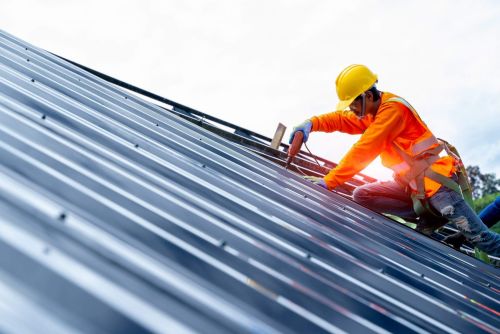
New Commercial Roof Construction in Douglas
-
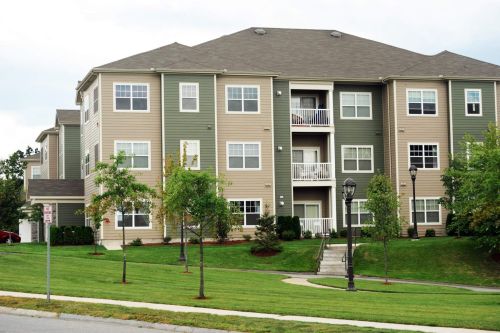
Multi-Family Roofing Contractors in Cody
-
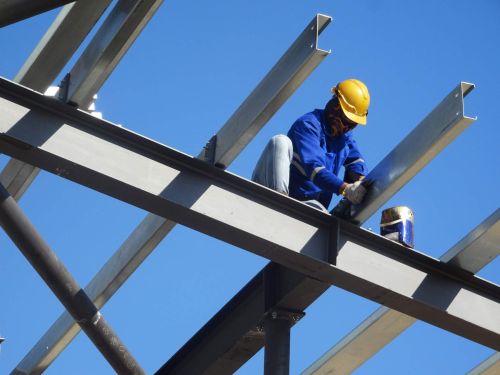
Industrial Roof Replacement & Installation in Worland
-

Industrial Roof Replacement & Installation in Colorado Springs
-
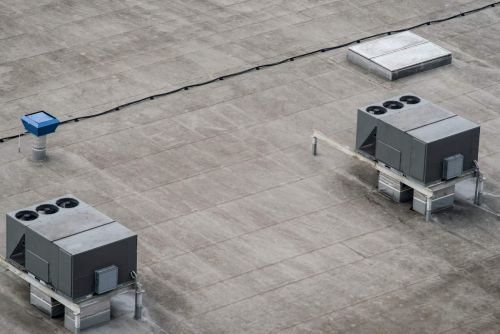
Commercial Roof Insurance Claims in Berthoud
-
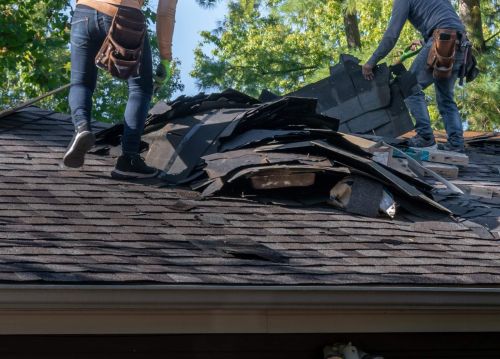
Residential Storm Damage Roof Repair in Louisville
-

New Industrial Roof Construction in Powell
-
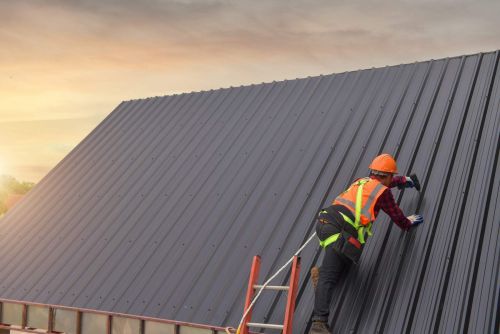
Commercial Roof Replacement & Installation in Larkspur

